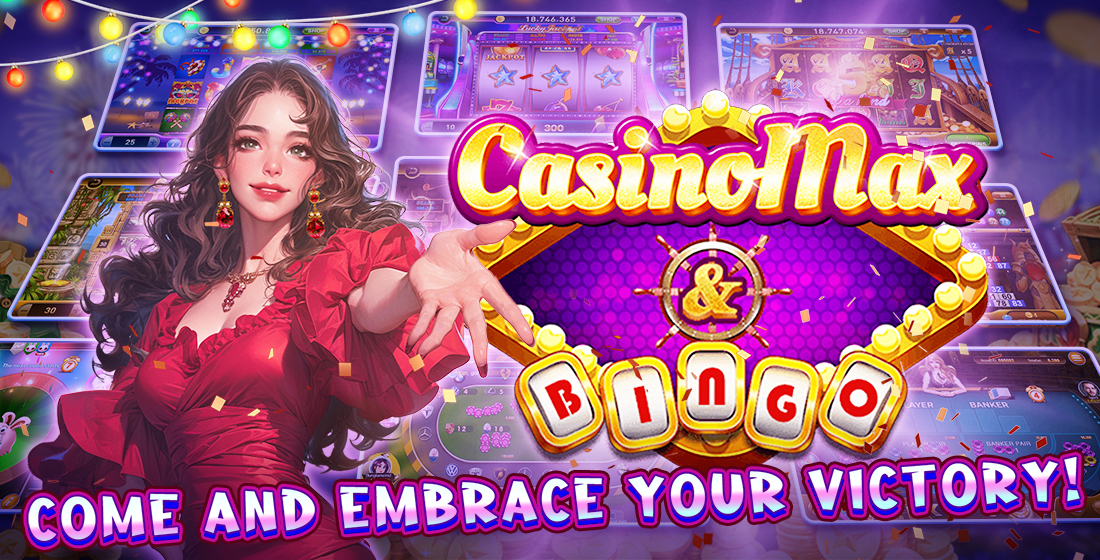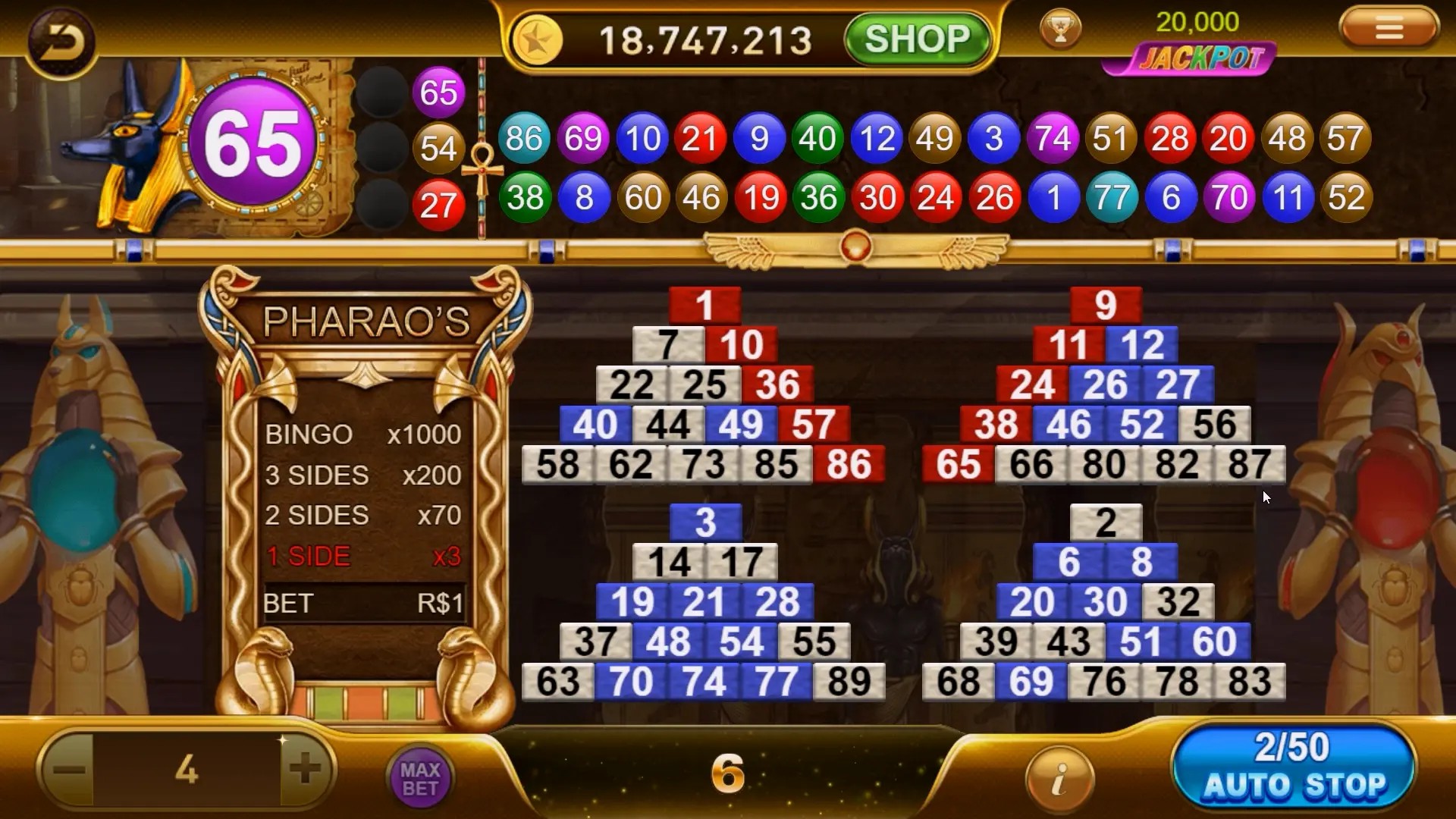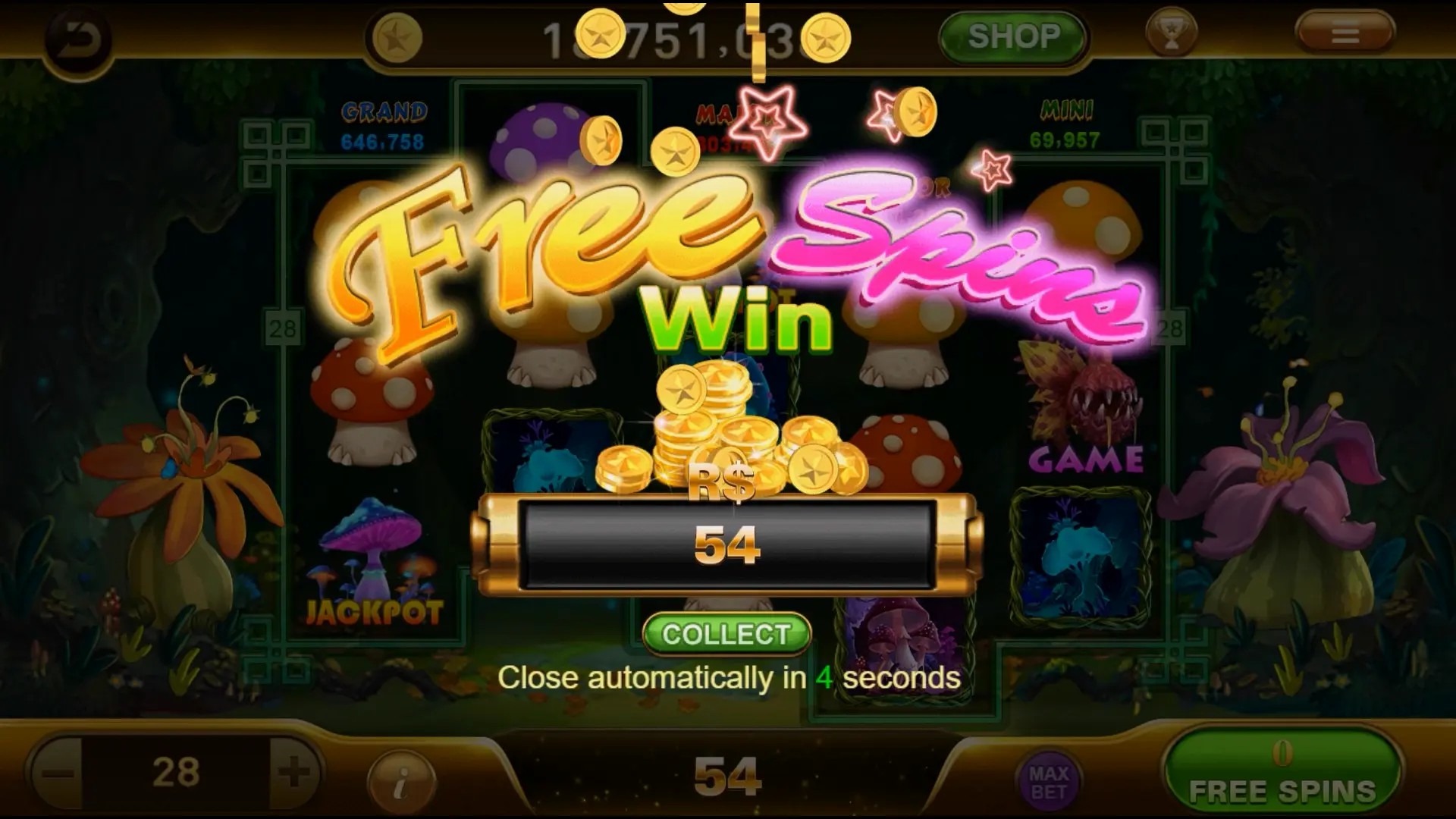Why Sandbox Games and Clicker Games Are Shaping the Future of Interactive Entertainment
Introduction to Sandbox and Clicker Games
As the gaming industry continues to evolve at an astonishing rate, two genres have emerged that are notably shaping the landscape: sandbox games and clicker games. These games not only entertain but also redefine how players interact with digital environments. In this article, we’ll explore the significance of these genres and how they pave the way for the future of interactive entertainment.
Understanding Sandbox Games
Sandbox games provide players with an open-world environment where they can explore, create, and modify the game world to their liking. Unlike traditional games with linear narratives, sandbox games thrive on player freedom. You can build, destroy, or interact with the world around you—essentially giving players a virtual playground.
Characteristics of Sandbox Games
- Open-World Exploration: Players can roam freely and discover hidden secrets.
- Player Creativity: The game allows for individual expression through building and crafting.
- Non-Linear Gameplay: There's no set path; players can choose their journey.
- Community Interaction: Many sandbox games allow players to share their creations with others.
Popular Sandbox Games and Their Impact
Games like Minecraft and Terraria have set the stage for sandbox titles. They not only attract millions of players but also inspire new developers to create innovative experiences that challenge traditional game design.
The Rise of Clicker Games
Clicker games, also known as idle games, present a different set of mechanics. They emphasize repetitive actions, allowing players to progress by clicking or tapping to earn points or resources. This genre may seem simplistic, but it engages players through compounding rewards.
How Clicker Games Engage Players
- Simple Mechanics: Easy to understand and pick up.
- Progressive Rewards: Players see immediate results for their actions, rewarding continued play.
- Time Management: Players often devise strategies to optimize in-game progress while away.
The Appeal of Idle Mechanics
Clicker games tap into the psychology of reward systems, which keeps players coming back for more. The thrill of watching numbers grow and resources accumulate can be surprisingly satisfying, leading to the game's addictiveness.
How Are Puzzle Game Stories Written?
Puzzle games often employ narrative techniques to draw players into the experience. The story can be a driving force, pushing players to complete challenges. Creative dialogue and well-constructed plots make even the simplest mechanics engaging.
Atlus RPG Games and Their Influence on Sandbox Design
Studios such as Atlus serve as pioneers in blending RPG elements with sandbox gameplay. Their narratives often involve character development and world-building that resonate with gamers. It raises the question: can this method be utilized more broadly in sandbox environments?
Innovative Features in Modern Sandbox and Clicker Games
| Feature | Sandbox Games | Clicker Games |
|---|---|---|
| Creative Freedom | ✔️ | ❌ |
| Resource Management | ✔️ | ✔️ |
| Multiplayer Options | ✔️ | ❌ |
| Story Depth | ✔️ | ✔️ |
The Future of Interactive Entertainment
As we look to the future, sandbox and clicker games are likely to become even more prominent. Their unique mechanics and player-driven narratives can foster engagement and creativity like few other genres. As technology advances, we may see more immersive sandbox experiences with enhanced graphics, storytelling, and multiplayer functionalities.
Challenges and Opportunities in Development
Developers face challenges such as balancing player freedom with structured gameplay, managing resources efficiently, and creating captivating narratives. However, these challenges also present opportunities for innovation and creativity, pushing the boundaries of what games can achieve.
The Role of Player Feedback
Player feedback is invaluable in shaping future developments within these genres. Engaging with the community helps developers fine-tune mechanics, improve storytelling elements, and adapt to player preferences, ensuring that games remain compelling and relevant.
Conclusion: Shaping the Future
In conclusion, sandbox games and clicker games are not just fleeting fads; they are carving out new paths and shaping the future of interactive entertainment. Their appeal—characterized by freedom, simplicity, and player-driven narratives—is likely to inspire a new wave of game development that prioritizes creativity and engagement.



